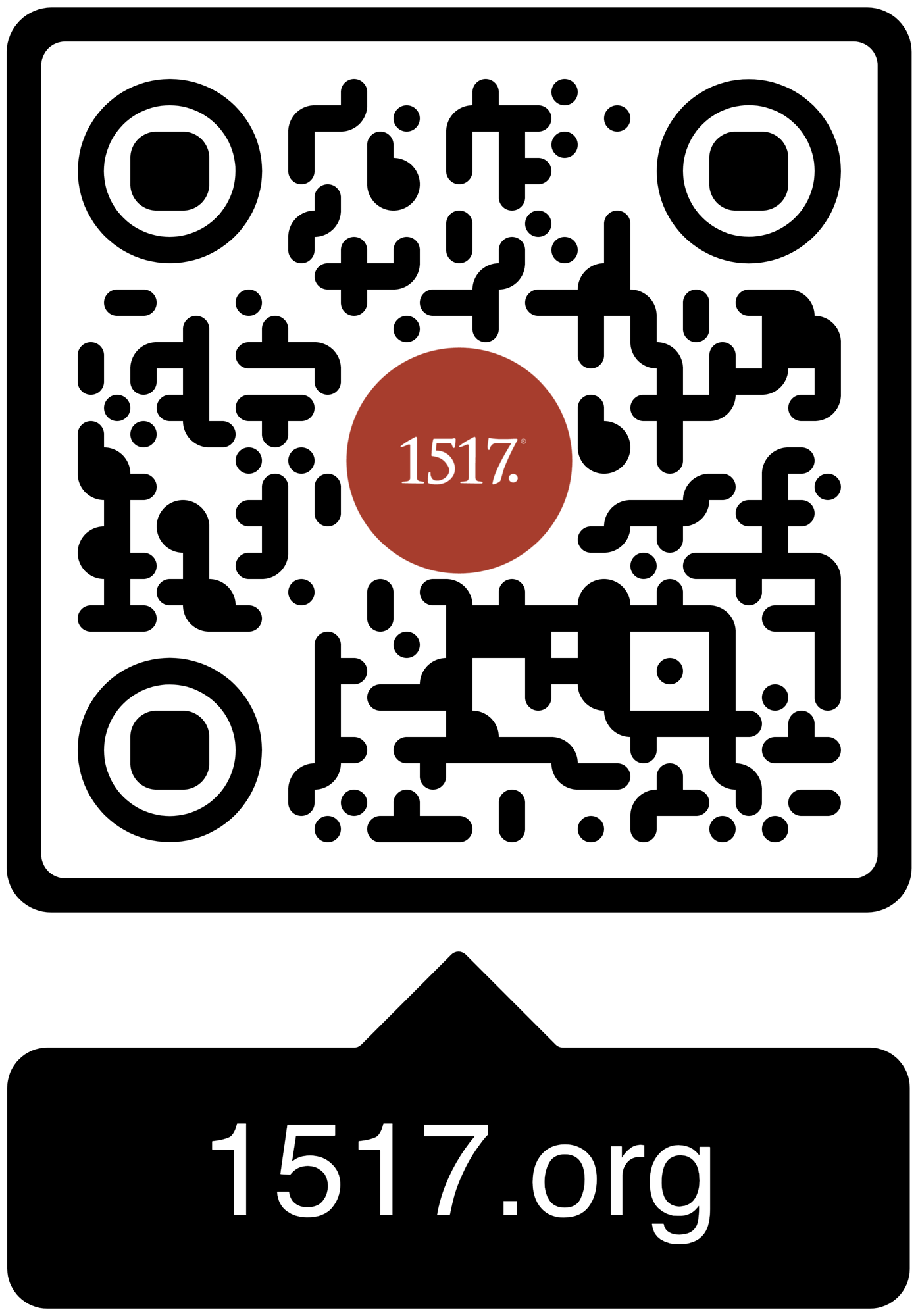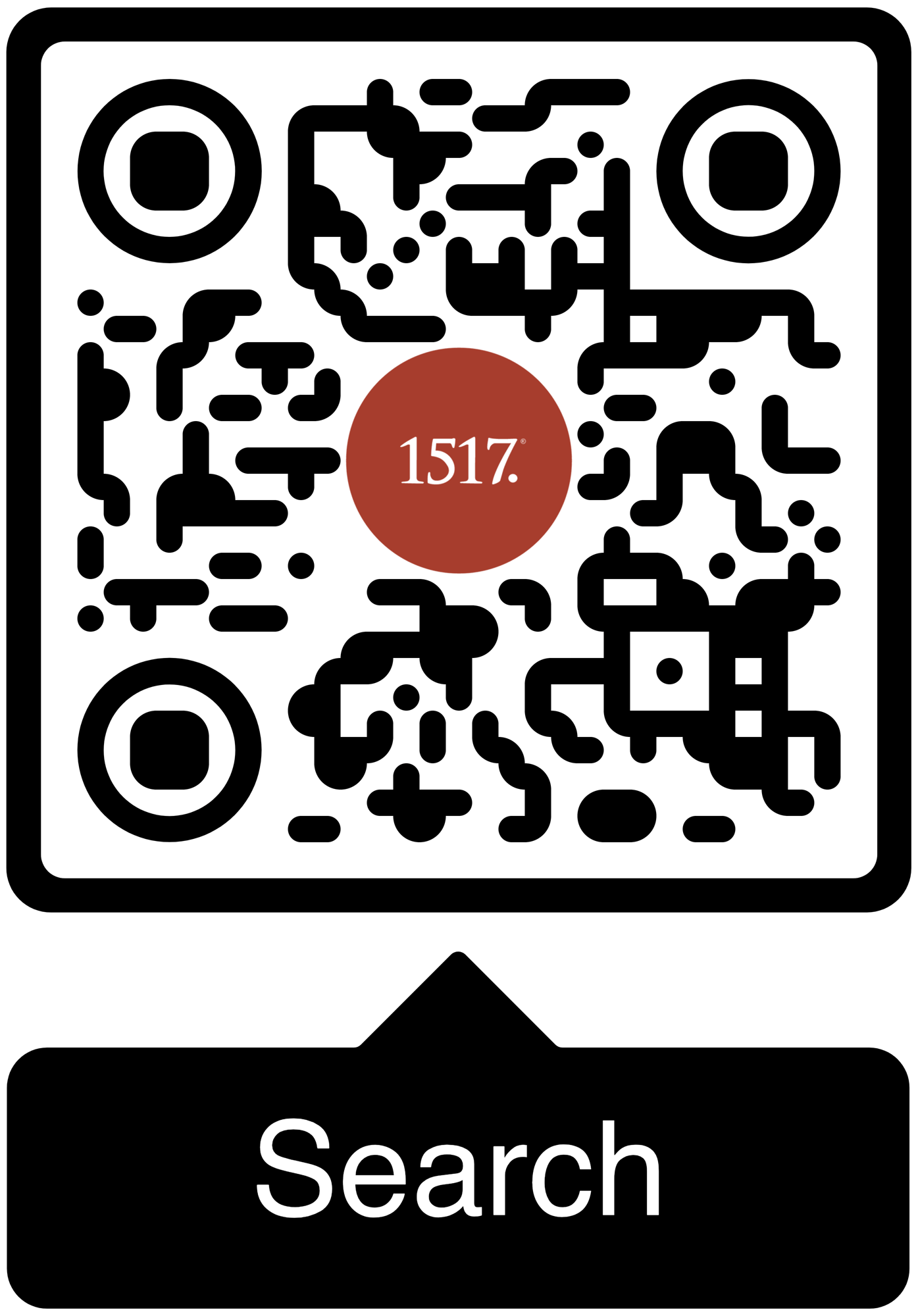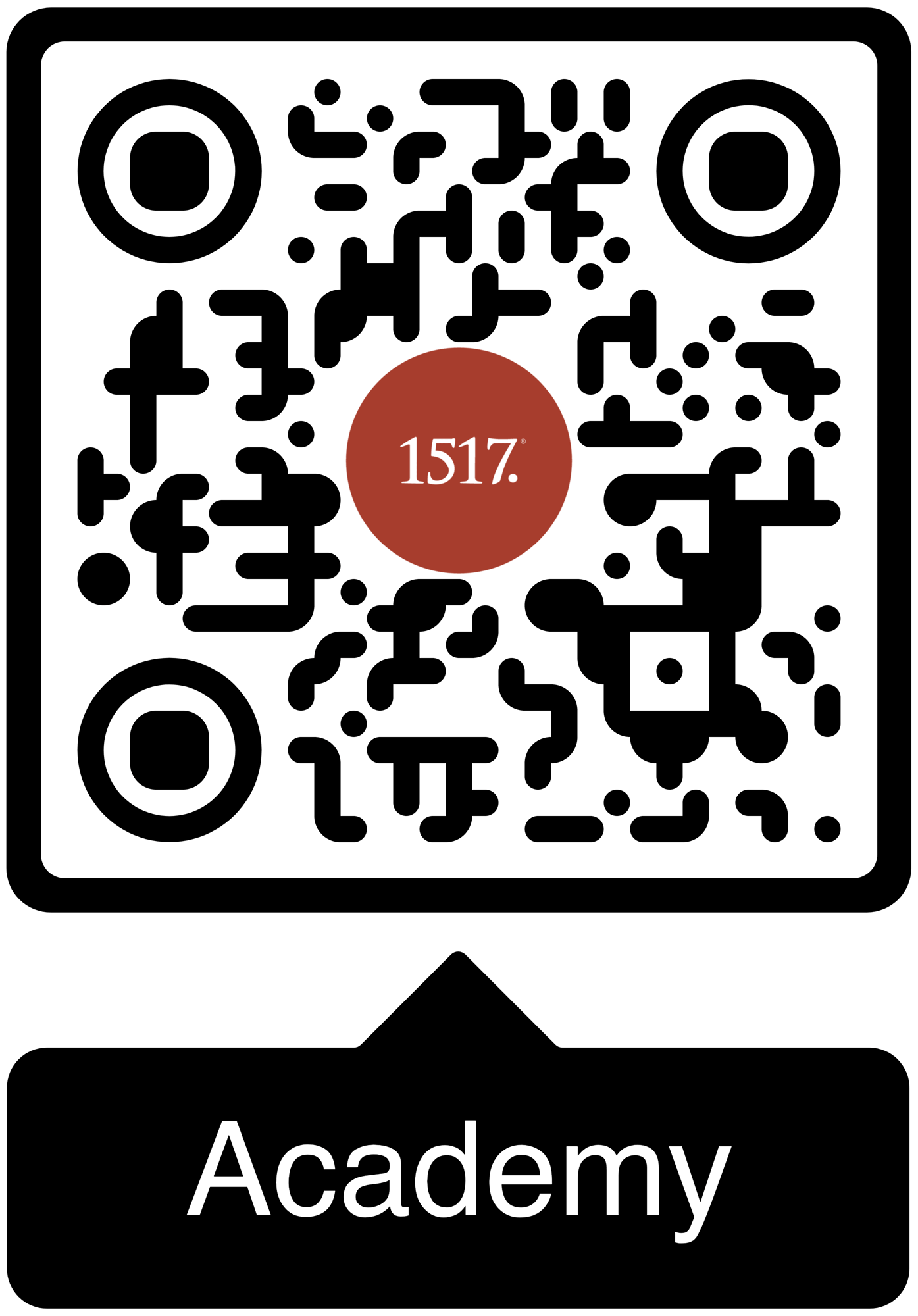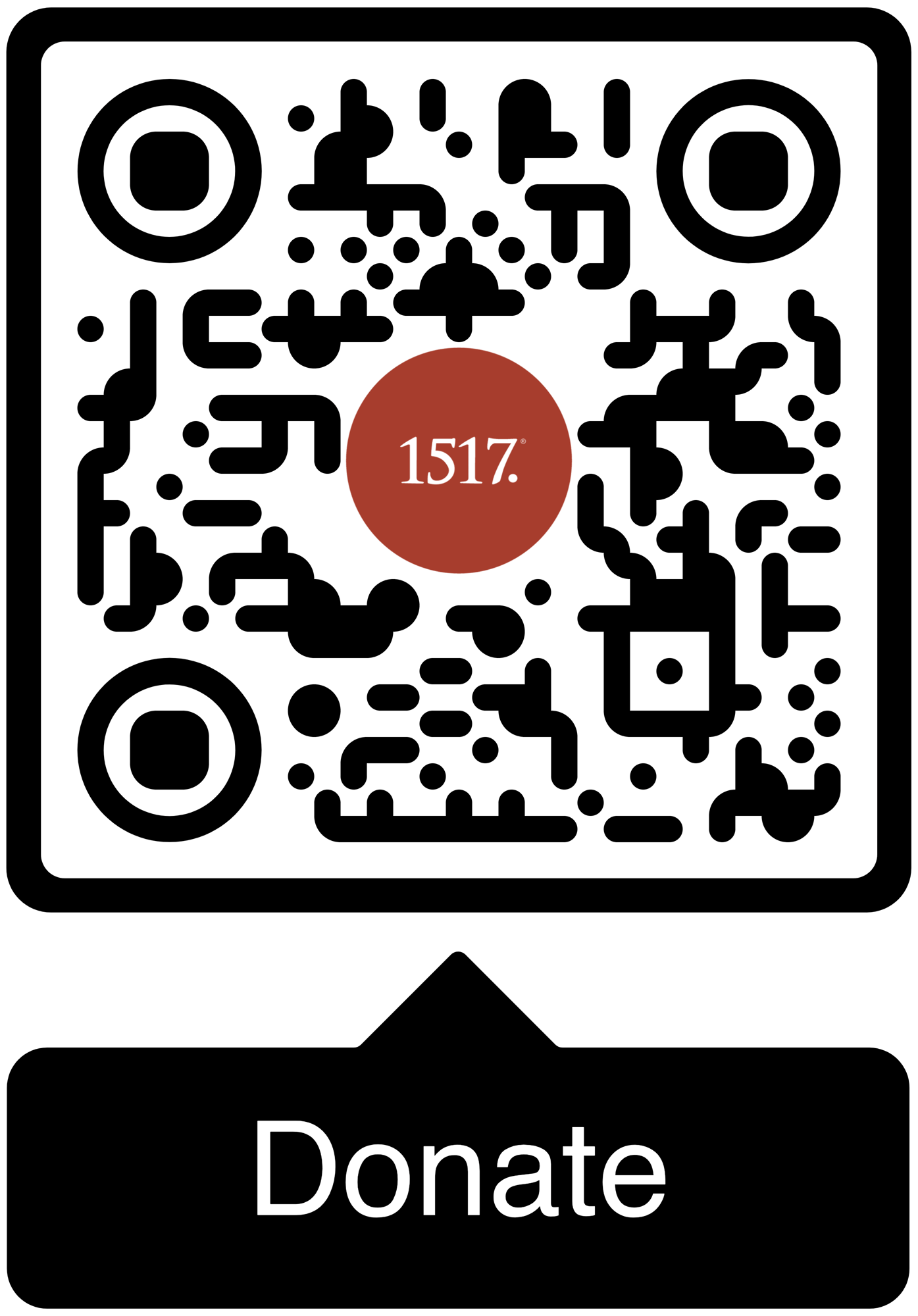Every time someone is baptized, every time bread is broken and wine poured, every time a sinner hears, “Your sins are forgiven in Christ,” Pentecost happens again.
06/05/25
They were still praying, trusting, and hoping. Why? Because they knew who was with them and who was for them: the risen Christ.
All Articles
Author
- All Authors
- 1517 Publishing
- 1517 Staff
- A. A. Just Jr.
- A.J. Vega
- Aaron Boerst
- Adam Francisco
- Adam Stetson
- Amy Mantravadi
- Andrew Foss
- Anthony DiLiberto
- Blake Flattley
- Bob Hiller
- Bob Sundquist
- Bonnie Petroschuk
- Brad Soenksen
- Bradley Gray
- Brandon Hanson
- Brandon Pangman
- Brennan Manning
- Brian W. Thomas
- Bror Erickson
- Bruce Hillman
- C.S. Lewis
- Caleb Keith
- Chad Bird
- Charles E. Fry
- Christopher J. Richmann
- Cindy Koch
- CJ Armstrong
- Craig Donofrio
- Dan Chrismer
- Dan van Voorhis
- Dan Weber
- Daniel Deen
- Daniel Emery Price
- Daniel Stenberg
- David Clay
- David Rufner
- David Schmitt
- Delwyn Campbell
- Dominick Santore
- Donavon Riley
- Edward Killian
- Elyse Fitzpatrick
- Erick Sorensen
- Gage Jordan
- Gerhard Forde
- Grant Klembara
- Greg Koukl
- Gretchen Ronnevik
- Haroldo Camacho
- Hermann Sasse
- Jacob Corzine
- Jacob Smith
- Jake Allstaedt
- Jared C. Wilson
- Jason Lane
- Jason Lang
- Jason Oakland
- Jay Sawrie
- Jeff Mallinson
- Jeffrey Pulse
- Jenifer Mohan
- Jessica Delgado
- Jessica Thompson
- Jim Nestingen
- Joel Fitzpatrick
- Joel Hess
- Joey Goodall
- John Bombaro
- John Bortulin
- John Chrysostom
- John T. Pless
- John W. Hoyum
- John Warwick Montgomery
- Jonathan Ruehs
- Jordan Spina
- Joshua Miller
- Justin Rossow
- Karen Stenberg
- Kathy Morales
- Katie Koplin
- Kelsi Klembara
- Ken Sundet Jones
- Kerri Tom
- Kevin Hale
- Kevin McClain
- Kyle G. Jones
- Larry D. Hughes
- Laura Bauer
- Luke Kjolhaug
- Magnus Persson
- Mariah Coward
- Mark Jasa
- Mark Mattes
- Mark Pierson
- Martin Luther
- Matt Johnson
- Matt Kroelinger
- Matt Popovits
- Michael Berg
- Michael Gibney
- Nicholas Hopman
- Nicholas Kallis
- Norman Nagel
- Paul Dunk
- Paul Koch
- Pete Lange
- Peter Nafzger
- Philip Bartelt
- Preston Sprinkle
- Raleigh Sadler
- Rick Ritchie
- RJ Grunewald
- Robert Farrar Capon
- Robert Kolb
- Rod Rosenbladt
- Roland Ehlke
- Ron Hodel
- Ryan Couch
- Ryan Matthias
- Ryan Stevenson-Cosgrove
- Ryan Tinetti
- Sam Leanza Ortiz
- Sam P. Schuldheisz
- Sarah Crowder
- Scott Davis
- Scott Keith
- Scott Landrum
- Seth Moorman
- Steve Byrnes
- Steve Kruschel
- Steven A. Hein
- Steven Paulson
- StoryMakers NYC
- Tanner Olson
- Tate Barber
- Ted Rosenbladt
- Travis Scholl
- Tyler Cronkright
- Uwe Siemon-Netto
- Valerie Thur
- Wade Johnston
- Walter Hwang
- Wayne Sender
- Zack James Cole
11/25/18
Advent is the church’s entrance once again into the holy rhythm of Christ’s life. The bride who longed to see her Bridegroom come in glory, now longs anew to see Him come in humility, gently, even swaddled up in a manger.
11/25/18
I must admit, I have never liked preaching on (or reading) a Palm Sunday text to begin Advent. All three years in the lectionary include this option, but in nine years of pastoral ministry I went this route only once (It was my first year). Why did I not do it again?
11/22/18
God’s gifts are received, and the faithful heart offers gratias, and thanks are given in return.
11/21/18
I think we can all agree that there is not a more popular writer on Christ Hold Fast than Chad Bird.
11/18/18
It is important to note the “mission” character of this text. Indeed, these would have been strange words for Isaiah’s audience. The Israelites had taken the covenantal promise and the language of separation and chosen to mean that the message of salvation and restoration was meant for no one but them.
11/18/18
It is somewhat rare that preachers get a blessing as a sermon text, but that is what Jude gives us. The genre is entirely fitting for the Last Sunday of the Church Year, especially if your congregation has had a tough year (you know what I mean).
11/18/18
Stay alert! Stay awake! Do not get too comfortable. Do not grow complacent. Whatever you do, do not fall asleep. The day is coming. It is coming soon. Time is short. So, stay awake! Stay alert!
11/14/18
When our mind betrays us, our body fails us, and our soul can’t be comforted, our Jesus now saves us.
11/11/18
This week we come to the end of our readings in Hebrews for Series B. There is a lot here, so rather than argue about the cohesion of the text, which I hope becomes obvious, let us get right to a few avenues for preaching. The pericope from 10:11-25 fits beautifully with the week’s theme and church’s preparation for Christ’s return.
11/11/18
Christian preaching always has an eschatological ring to it. It takes place during the “in-between” times—the days between Jesus’ first and second comings. But this eschatological perspective tends to fade into the background as Christians (and preachers) go about their business week-in and week-out. The end of the church year provides an opportunity to reorient the Christian life around Jesus’ promise to return.
11/08/18
The more that we hear the law, the more we recognize others as those who, like us, are torn and tattered by the wounds of sin and brokenness.
11/04/18
Two major themes seem to be running through the readings for the 25th Sunday after Pentecost. The first weaves together the widow who gave of her poverty in Mark 12 and the story of the widow of Zarephath from 1 Kings 17, who also gave to the prophet everything that she had… However, the other theme comes by way of the Epistle from Hebrews 9:24-28, which is about the temple made without hands.
1517 is a Christian non-profit (501(c)3) multi-media organization. Our mission is to declare and defend the Good News that we are forgiven and free on account of the death and resurrection of Jesus alone.





1517 grants permission for our free online resources to be printed, photocopied, and otherwise used freely for private and church use. We require that authorship and source (1517.org) are referenced and maintained. These resources may not be sold or included in any publications for sale.


